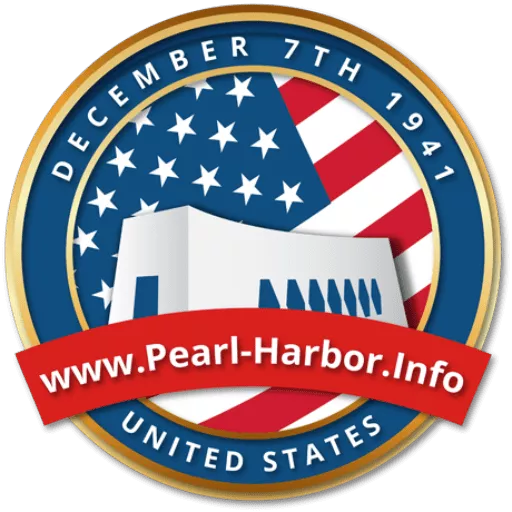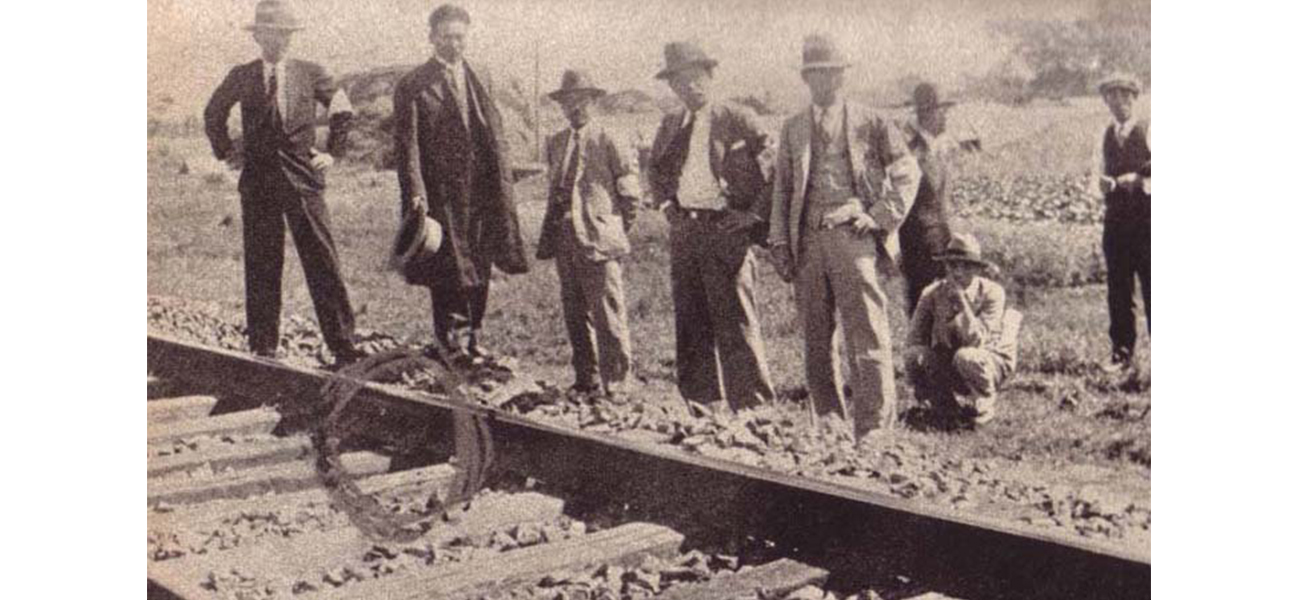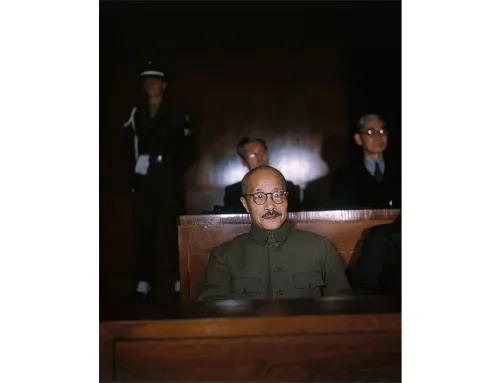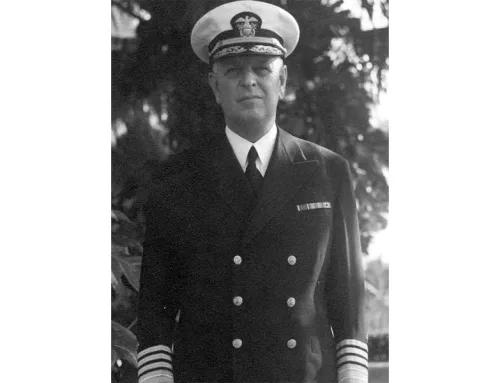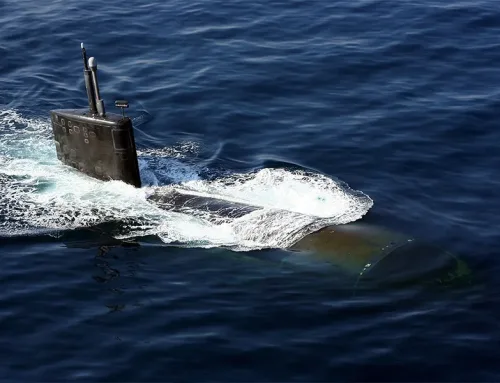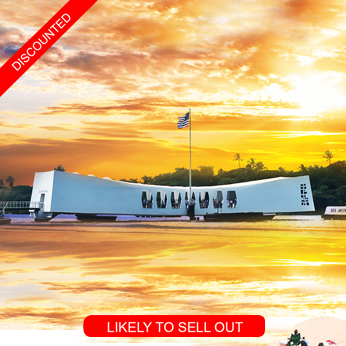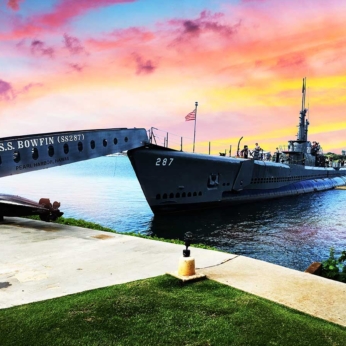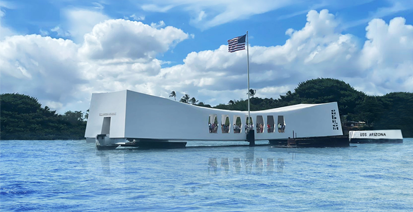From Incident to Invasion to Pearl Harbor
See page for author, Public domain, via Wikimedia Commons
On December 7, 1941, a date that would live in infamy, the United States experienced one of the most devastating surprise attacks in its history at Pearl Harbor. This event not only propelled the US into World War II but also marked a significant turning point in global history. But how did the situation escalate to such a catastrophic event? Understanding the journey from diplomatic incidents to full-scale invasion helps us grasp the complexities of international relations and the triggers of global conflicts.
In the early 20th century, the US and Japan had a relationship that was a mix of cooperation and competition. Both nations were expanding their influence in the Pacific, and their interests often clashed. The US, with its open-door policy in China, found itself at odds with Japan’s ambitions in the same region. This competition set the stage for rising tensions that would later explode into conflict.
The Mukden Incident
The Mukden Incident in 1931 was a critical moment that escalated tensions between Japan and other world powers, including the US. This staged event, where Japanese soldiers sabotaged a section of the railway in Manchuria, and blamed China, served as a pretext for Japan to invade Manchuria. The incident demonstrated Japan’s aggressive military policies and disregard for international treaties, alarming the US and other Western nations.
Japan’s Invasion of Manchuria
Following the Mukden Incident, Japan swiftly moved to occupy Manchuria, establishing the puppet state of Manchukuo. This invasion was met with international condemnation but little effective action. The League of Nations’ failure to curb Japan’s aggression emboldened Japanese militarists, further straining relations with the US, which viewed Japan’s expansion as a threat to its interests in Asia.
By 1937, tensions had escalated into the Second Sino-Japanese War, as Japan launched a full-scale invasion of China. The brutality of this conflict, including events like the Nanjing Massacre, drew global outrage. The US responded by increasing aid to China, further deteriorating its relationship with Japan. This war demonstrated Japan’s commitment to expanding its empire, regardless of the human cost.
As Japan’s aggression continued, the US imposed a series of economic sanctions aimed at curbing Japanese expansion. These sanctions included embargoes on vital resources like oil and scrap metal, which were crucial for Japan’s war machine. Facing resource shortages, Japan saw these sanctions as an existential threat, pushing it towards drastic measures.
Japan’s expansionist policies were driven by a need for natural resources and a desire to dominate Asia. Territories such as Korea, Taiwan, and parts of Southeast Asia were targeted for their strategic value. Japan’s militaristic government believed that control over these areas was essential for national survival and regional dominance.
In 1940, Japan signed the Tripartite Pact with Germany and Italy, formally joining the Axis powers. This alliance aimed to deter the US from entering the war and solidified the divisions between the Axis and Allied powers. The pact also signaled Japan’s commitment to its aggressive policies and further isolated it from Western nations.
Faced with crippling sanctions and a hostile US, Japan decided that a preemptive strike was necessary to secure its strategic goals. Pearl Harbor was chosen as the target due to its significance as the main base of the US Pacific Fleet. The attack was meticulously planned, aiming to disable the US fleet and buy Japan time to consolidate its gains in Asia.
On the morning of December 7, 1941, Japan launched a surprise attack on Pearl Harbor. The assault involved over 350 aircraft and targeted battleships, aircraft, and infrastructure. The devastation was immense: eight battleships were damaged, with four sunk, and over 2,400 Americans were killed. The attack shocked the nation and crippled the Pacific Fleet temporarily.
From incidents like Mukden to the invasion of Manchuria, and finally the catastrophic attack on Pearl Harbor, the journey to that fateful day was marked by escalating tensions and failed diplomacy. Pearl Harbor was not just an isolated event but the culmination of years of conflict and strategic maneuvering. Understanding this journey is crucial in grasping the complexities of international relations and the factors that lead to war. Pearl Harbor remains a powerful reminder of the costs of war and the importance of vigilance in preserving peace.
Most Popular Oahu Tours
Best Pearl Harbor Tours

The following tours are recognized as the most popular Pearl Harbor Tours on Oahu. While generally, our price is the lowest in the market now, for a limited time, they are on sale too. Please be advised that Pearl Harbor tickets and USS Arizona Memorial tickets are included in all of our Arizona Memorial Tours, Pearl Harbor small group tours, and private Pearl Harbor tours.
